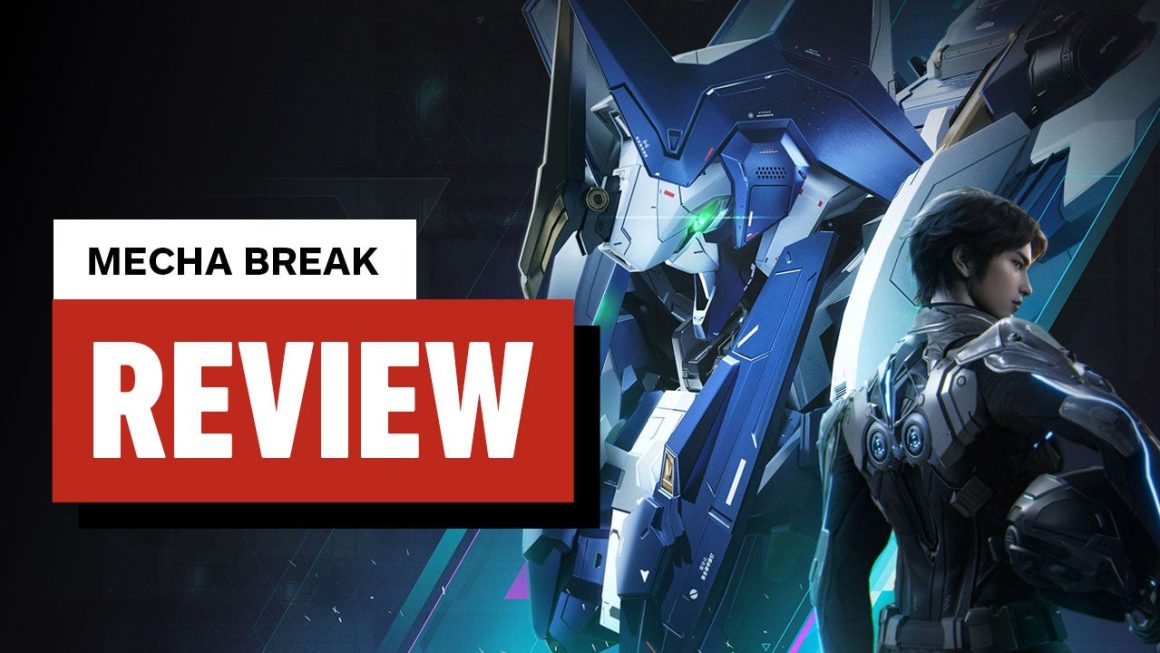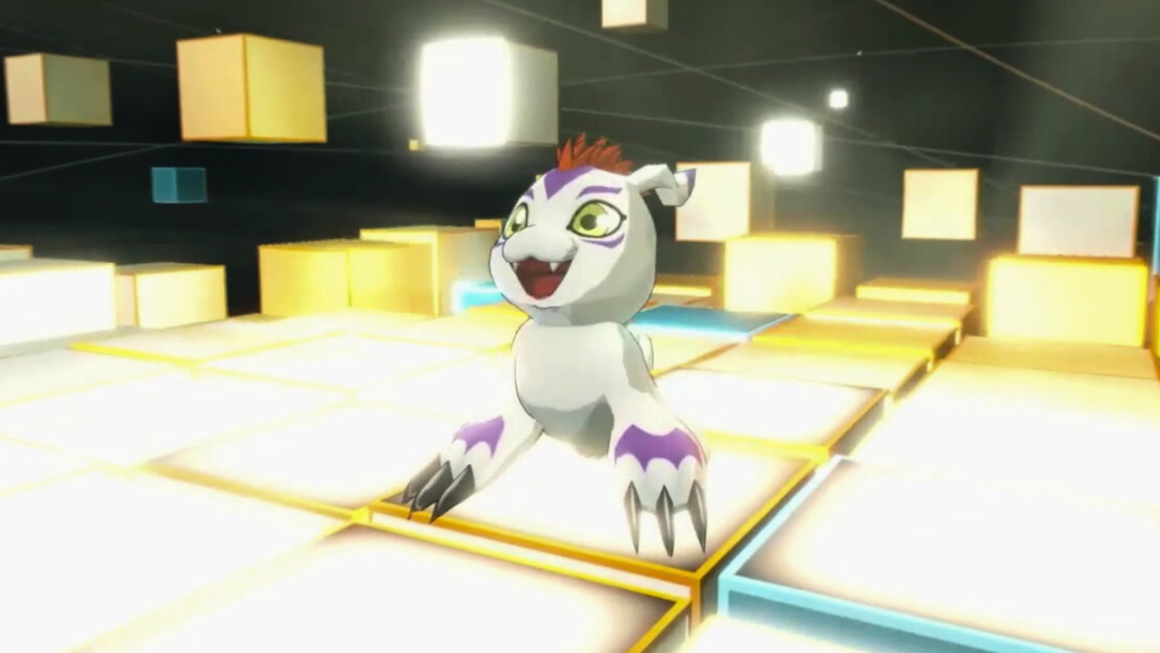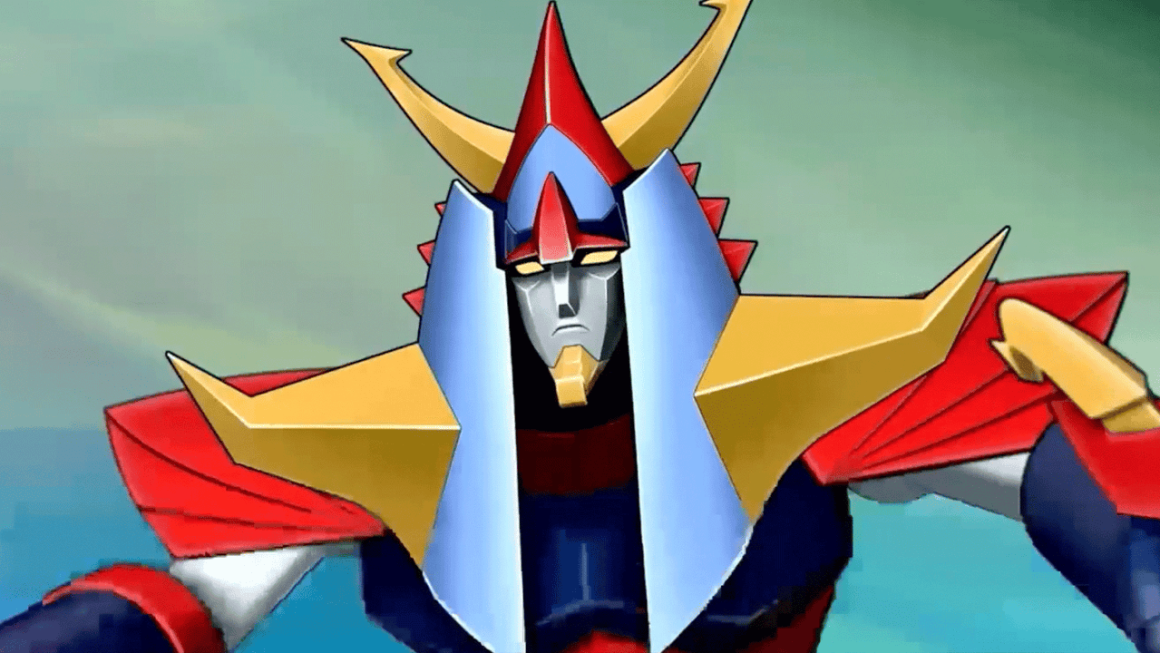Mecha Break speaks to a very specific kind of sicko: the kind of person who plays multiplayer games looking for perfection. Not overall – there’s no such thing as a “perfect” piece of art. But perfect moments? The perfect shot, the clutch dodge, confirming the last kill that wins you the match? They’re out there, in that things come together just the way you need them to. I’ve only gotten to play a couple hours of Mecha Break ahead of launch (which, if you’re reading this, has just happened) so I have a lot more to see, do, and unlock in this robot-themed hero shooter, but I can already say it’s a game that lets you build your own stories.
Over the course of a two-hour preview event (playing on PC) I got to play five matches and try out five of the 15 different mechs available (with the free-to-play model Mecha Break is using several of the ones I tested will need to be unlocked once it goes live, but we had free reign for our preview). One of the things I appreciated most was how much variety there is, both in mechs and match types. Mecha Break has every kind of mech you could want: heavies like the Stego with the ability to plant itself in the ground, sit behind a shield, and launch a massive missile barrage; the Falcon, which transforms into a plane, Starscream-style, making it an ideal choice for folks who like to zoom across the expansive battlefield and rain death from above; and my personal favorite, the Alysnes: a medium-weight, more traditional mech that becomes smaller and more agile after its armor is blown off. Survive long enough in this form and you can reapply your armor, like some kind of mech-flavored Magical Girl. Everyone has different armaments to manage, and I had to tailor my playstyle to the mech I tried. Picking the right one is important, because once you’re locked in and the match starts, you’re stuck with it.
This list catalogues a small amount of what’s available, and since the mode we were playing kept our six-person team from having duplicate mechs, it led to some really great fights. I had a particularly tense rivalry in one game where my Alysnes faced off against another player’s camo-enabled, melee-focused Stellaris. We clashed several times, and they were long, drawn-out duels that tested everything from our overall map awareness and positioning to when we decided to attack. We were building rivalries in real time, and it made for some memorable moments. Some I lost, others I clutched out, but the fights were all exciting.
Other matches showcased that there’s a ton of variety when it comes to modes, even if none of them is anything too far out of the box. We started in a traditional deathmatch (first to eight kills wins), but we also played King of the Hill, another mode where you have to destroy points that appear on the map, one that asked us to capture launch keys and deliver them to a launch facility, and good ol’ fashioned payload escorts. I had fun no matter what the objective was, and I appreciated that Mecha Break let me contribute no matter what I was doing. Even keeping another mech distracted while your team hits the objective (or killing them outright) can swing a game, especially because respawns take a hot second longer than they do in most comparable games. If you can take a piece off the board for a bit, that matters. For example, while piloting a Stego against another player in the same heavy-hitting mech on the opposite team, keeping him out of the fight long enough for us to secure the last objective helped decide that match.
The maps themselves are a smorgasbord of interesting locations. One is a combination mountain range with a valley and a destroyed city. I could set up and snipe at other mechs from the high ground with the Stego, but to get the objectives (and stay in the fights over them) I needed to head down where I was more vulnerable. Another is at a missile launch facility where you can choose between fighting outside with limited cover, or getting up close and personal in the tight corridors of the facility itself. There’s even one set on the moon that includes both open skies and large craters and small canyons just big enough to squeeze through, ideal for dodging enemy fire or moving around out of sight. The real trick there is the pulse storms, which damage your mech unless you take cover.
Each map felt distinct and forced me to approach situations in different ways depending on where I was and what mech I was piloting. A Stego’s long-ranged firepower is amazing in open space, but its slow speed makes it a liability in areas with less elbow room. The Alysnes’s versatility, on the other hand, means it’s right at home in both but never hits quite as hard as a Stego in the right conditions. You’ll probably just make use of its melee weapon less when you’re fighting across open ground.
Naturally, two hours isn’t nearly enough to wrap up a review of a game like this, so I have a lot left to see in Mecha Break: I want to get a feel for more of the mechs and the other modes, and see what progression feels like. But so far it’s made a good first impression. I’ve come away liking the little moments, and the stories I’ve already been a part of in a short session. Now we just have to figure out if Mecha Break has the juice to keep telling them for the long haul. If you’re jumping in to play at launch, let us know if anything cool has happened to you thus far.




бонусы в казино 1win https://1win22094.ru/
зеркало мелбет альтернативный вход https://mostbet11021.ru/